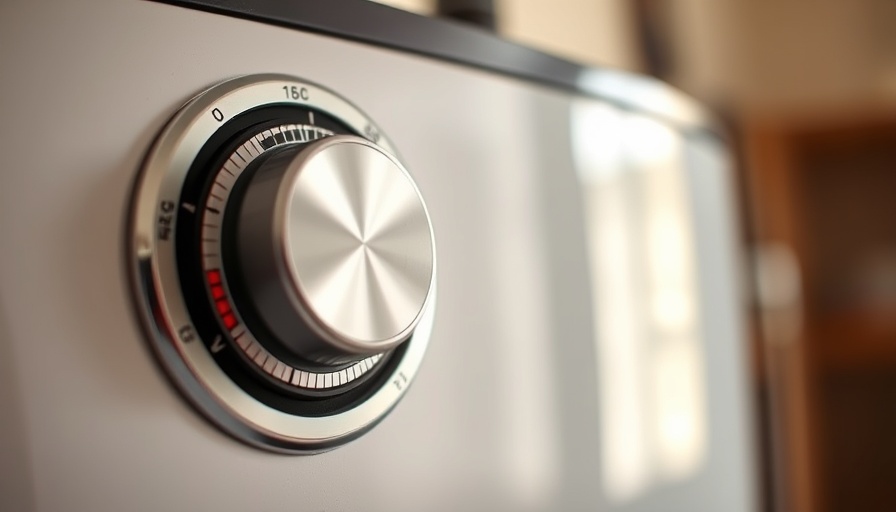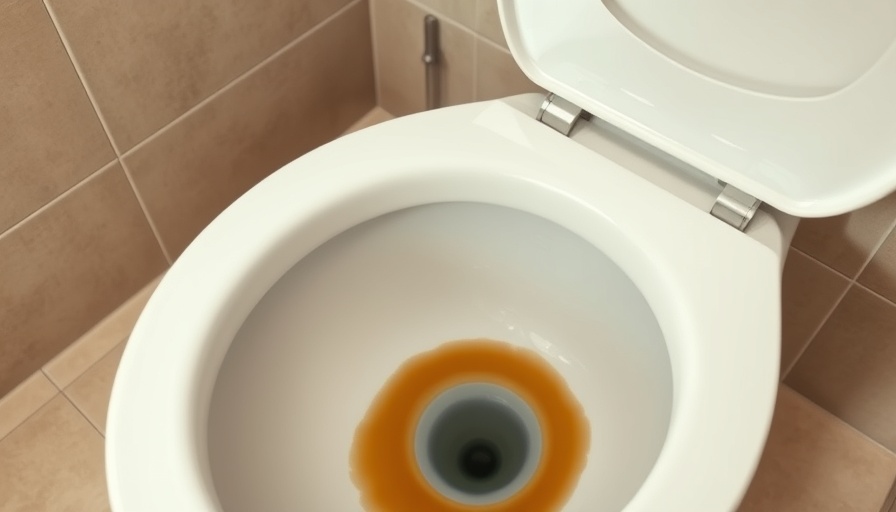
The Importance of Understanding Thermopile Voltage Low
As homeowners, we usually expect our water heaters to perform efficiently, providing us with warm water during the chilly seasons. However, nothing is more bewildering than turning on your heater only to find that the pilot light has gone out, leaving you stuck without hot water. A common culprit behind this scenario is low thermopile voltage, which poses an essential question: what does this mean for your home, and how can you address it?
What Is a Thermopile?
A thermopile is a critical component of your water heater that integrates multiple thermocouples to monitor and maintain the heater's temperature. When functioning correctly, it generates voltage based on the heat it senses. If this voltage drops too low, your water heater may shut off, leaving your home without a reliable hot water source.
Recognizing Low Thermopile Voltage
The feelings of confusion and annoyance can be overwhelming when your heater isn't working as it should. To better understand if low thermopile voltage is the issue, consider observing your heater's pilot light. If the light is not on, the heater is unable to function properly, resulting in a frustrating freeze during your usual warm baths.
How to Test Your Thermopile Like a Pro
Testing your thermopile can seem daunting, but it’s relatively straightforward. Armed with a multimeter—an easy-to-use tool that measures voltage—you can diagnose the issue in less than five minutes. To do this:
- Set your multimeter to record millivolts.
- Disconnect the thermopile wires from the gas control unit by carefully loosening them.
- Attach the black positive lead with the white wire and the red lead to the thermopile's red wire.
- Follow the specific instructions from the manual to reignite the pilot light; you should see a voltage increase, indicating that the thermopile is working as intended.
Why Regular Maintenance Matters
Regular maintenance is vital to ensuring your water heater, and its components function smoothly. Ignoring low thermopile voltage could lead to larger issues, culminating in the need for costly repairs or even replacement. Homeowners can save money and time by understanding the basics of how a water heater operates, including knowing why the thermopile is vital to its efficiency.
Risks of Ignoring Thermopile Issues
Neglecting to address low thermopile voltage may have broader consequences. This can lead to gas leaks, appliance breakdowns, and increased utility bills. Additionally, prolonged issues could severely diminish the lifespan of your water heater, causing a much larger financial burden in the long run.
Future Implications: The Importance of Thermopile Awareness
Success in managing your water heater largely depends on your awareness of its components. Investing time in understanding thermopile voltage, and making periodic checks not just ensures efficiency but can also elevate your overall home maintenance strategy. In an era where sustainability and efficient home economics are critical, this basic knowledge can empower homeowners.
Final Thoughts: Take Action Today!
Being proactive about your home maintenance can save you from significant inconveniences down the line. Don't wait for the lack of hot water to seek assistance; familiarize yourself with the thermopile's role. Empower yourself to make informed decisions on your water heater's care, ensuring warmth and comfort for your family during the cold months.
 Add Row
Add Row  Add
Add 




Write A Comment